Domestic cats and big cats, though varying immensely in size and habitat, share a surprising array of behavioral traits. Both belong to the Felidae family and have evolved remarkable similarities despite different evolutionary paths. This article explores nine intriguing ways in which these felines behave alike, highlighting the deep-rooted instincts they share. Whether lounging in your living room or prowling the wild, cats, big and small, converge in fascinating ways.
Territorial Instincts
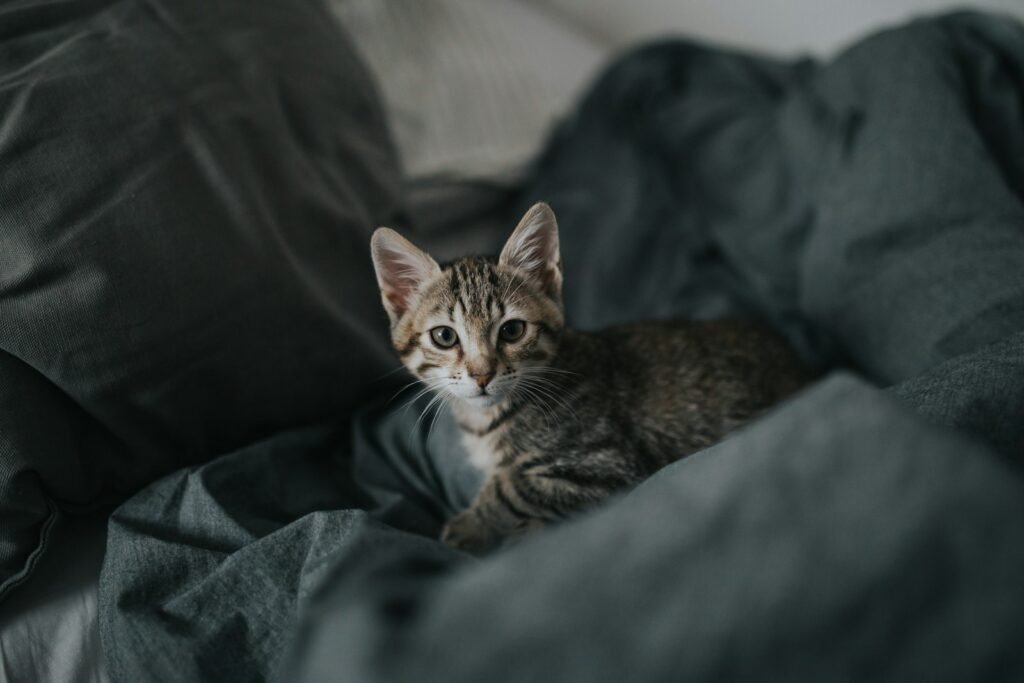
Cats, regardless of their size, have a strong sense of territory. A domestic cat will mark its environment using scent glands on its face, paws, and tail. Big cats, such as lions and tigers, establish vast territories in the wild that they meticulously patrol and mark with scent markings. This behavior helps both domestic and big cats establish dominance and create a safe, familiar environment.
Stalking and Hunting
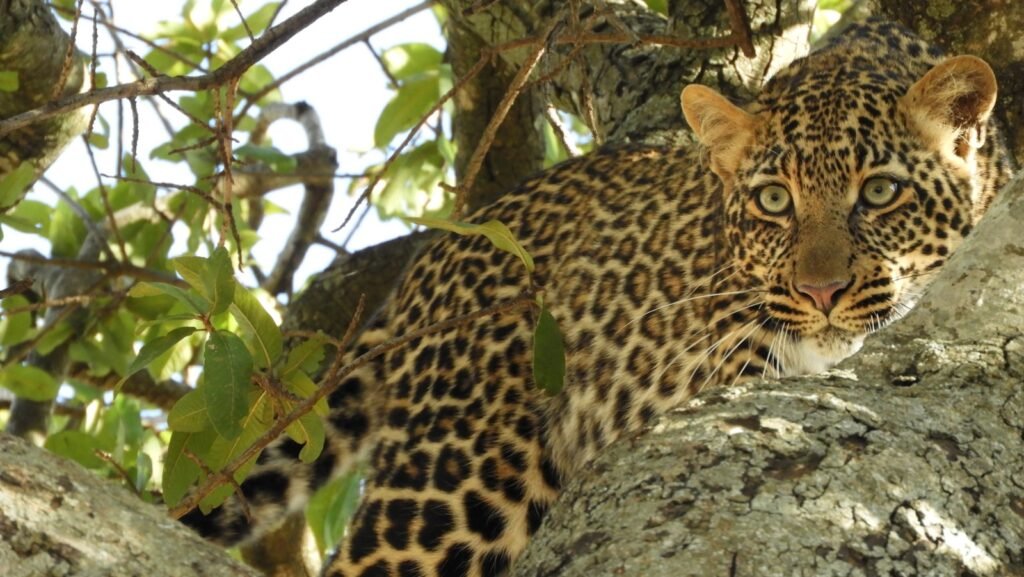
Despite the difference in prey size, domestic and big cats share the same basic hunting techniques. Both are natural stalkers, using stealth, patience, and precise pouncing techniques to catch their prey. For your housecat, this might mean a sudden dive at a toy or insect, while a cheetah in the wild uses its speed and agility to catch antelope. The fundamentals of the chase remain similar.
Grooming Habits
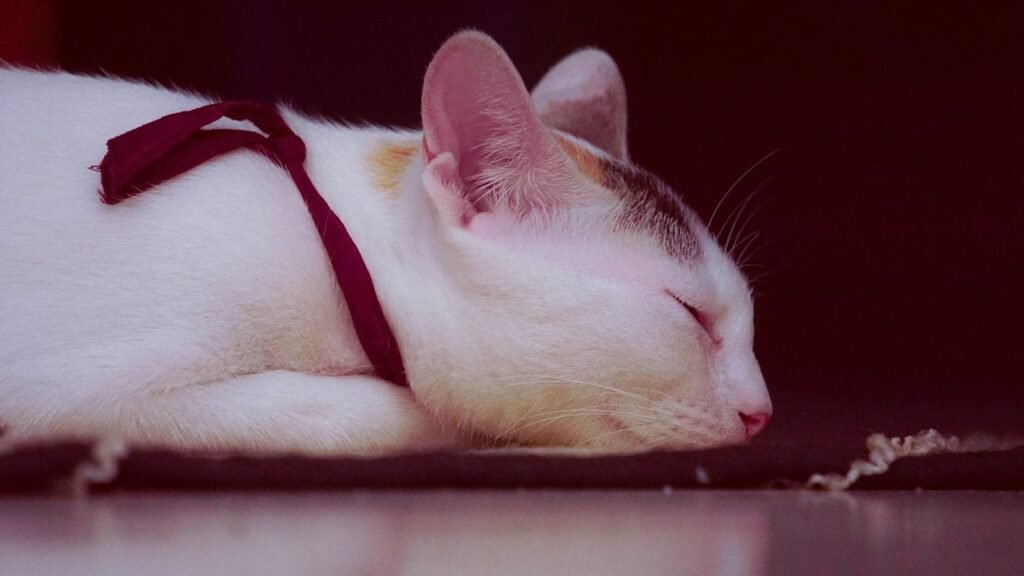
Grooming is an essential part of a cat’s daily routine, regardless of size. Domestic cats are well-known for their self-grooming habits, using their tongues to clean their fur and regulate body temperature. Big cats, too, engage in grooming to maintain their coats and establish social bonds within prides or family groups, such as a lion’s pride. Grooming also helps remove parasites and dirt, keeping their fur in optimal condition.
Play Behavior
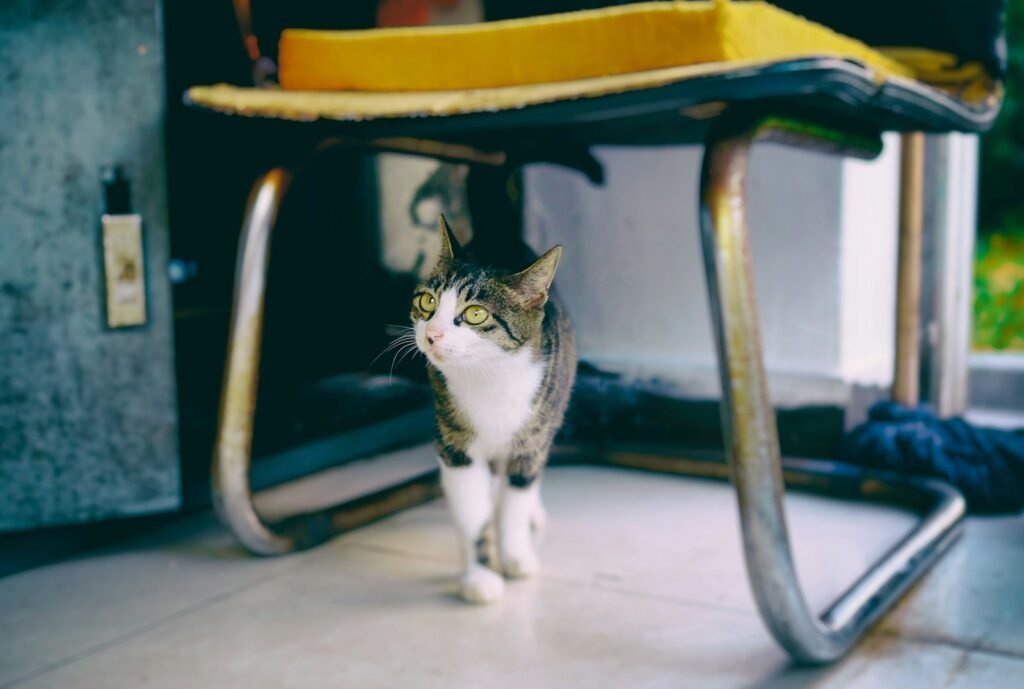
Both domestic cats and big cats engage in playful behaviors that are crucial for development and social interaction. Kittens and cubs use play to hone their hunting skills, practice agility, and establish social hierarchies. Playful behaviors, like pouncing, wrestling, and chasing, are mirrored in both domestic environments and the wild, highlighting a crucial aspect of feline growth and development.
Nocturnal Tendencies
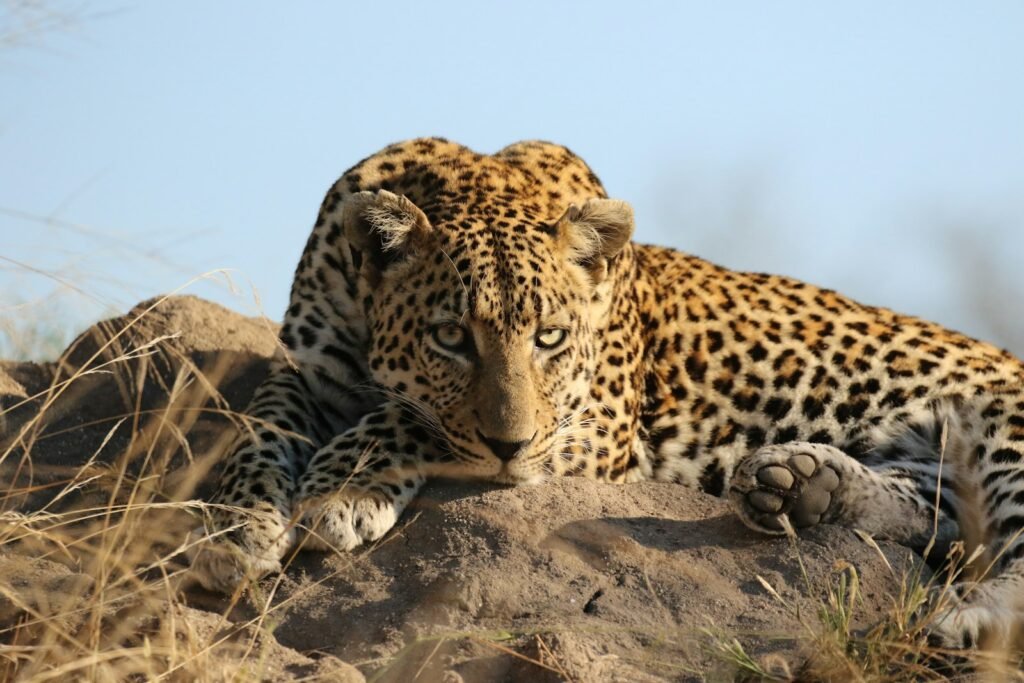
Cats are known for their nocturnal habits, utilizing the night to exploit their superior vision and hunting skills. Domesticated cats may showcase bursts of energy and activity during night hours, mimicking the natural hunting patterns of big cats such as leopards or jaguars, which predominantly hunt under the cover of darkness.
Vocalizations
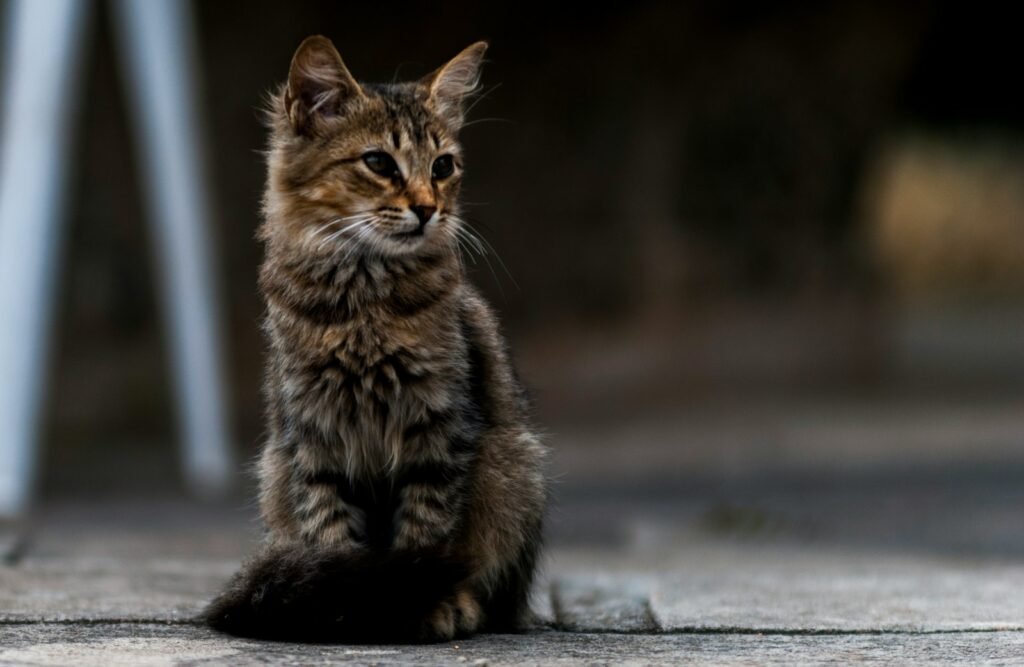
While the roars of a lion and the mews of a house cat seem worlds apart, the vocal behaviors of domestic and big cats serve similar purposes. From communicating distress to establishing territory and bonding socially, both use a range of sounds to express their needs. A domestic cat’s purr or meow conveys different emotions, much like the growls or roars of a big cat in social or territorial contexts.
Scent Marking
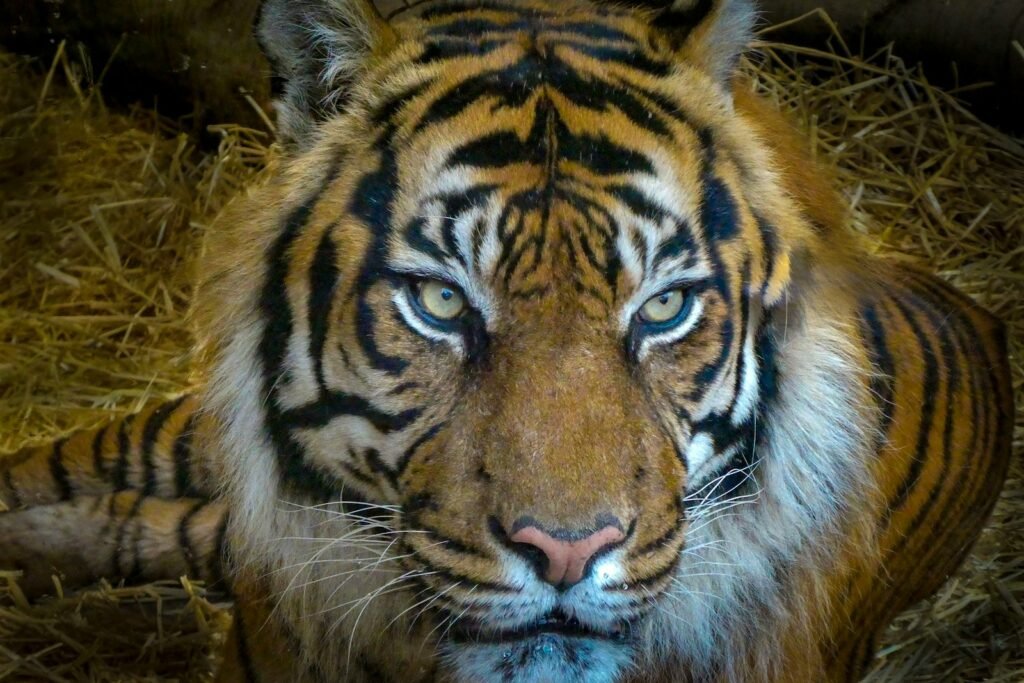
Scent marking is a shared behavior among all cats, crucial for communication. Domestic cats may rub their cheeks against furniture or people to deposit pheromones, creating a scent-based map of their environment. Similarly, big cats, like tigers, will scratch trees or spray urine to leave scent markers that communicate their presence, reproductive status, and territory to other cats.
Solitary and Social Dynamics
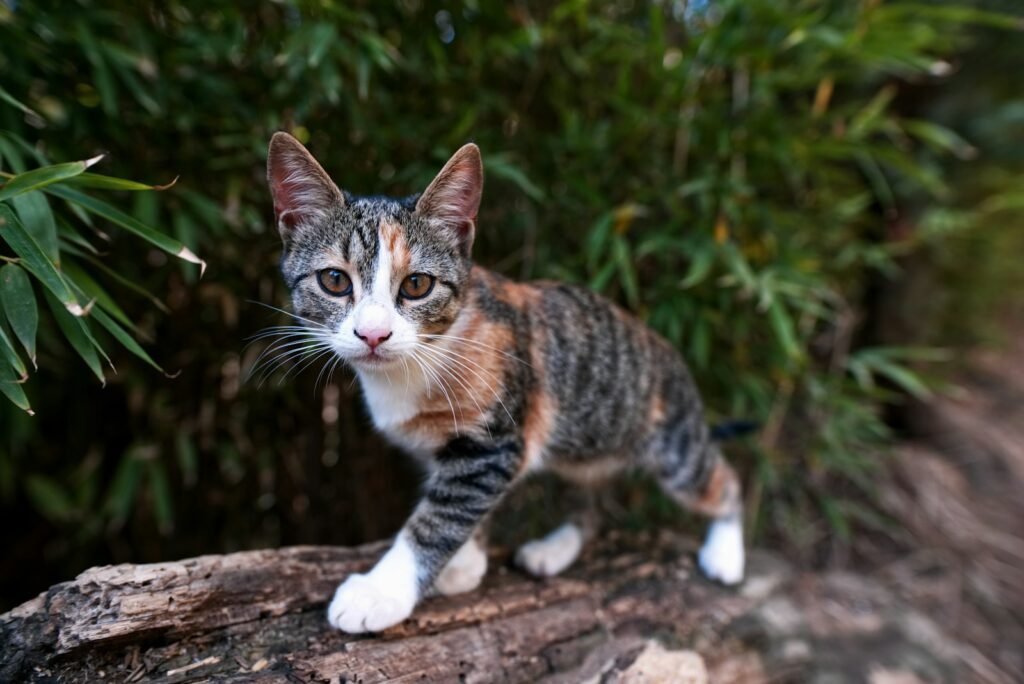
While domestic cats often display solitary behaviors, they can form social bonds similar to big cats. Large feline species such as lions are notably social, living in prides that require complex social interactions. Domestic cats, although generally solitary predators, can live in groups (colonies) based on resource availability and social compatibility, echoing the flexible social structures found in lion prides or cheetah coalitions.
Resting and Sleeping Patterns
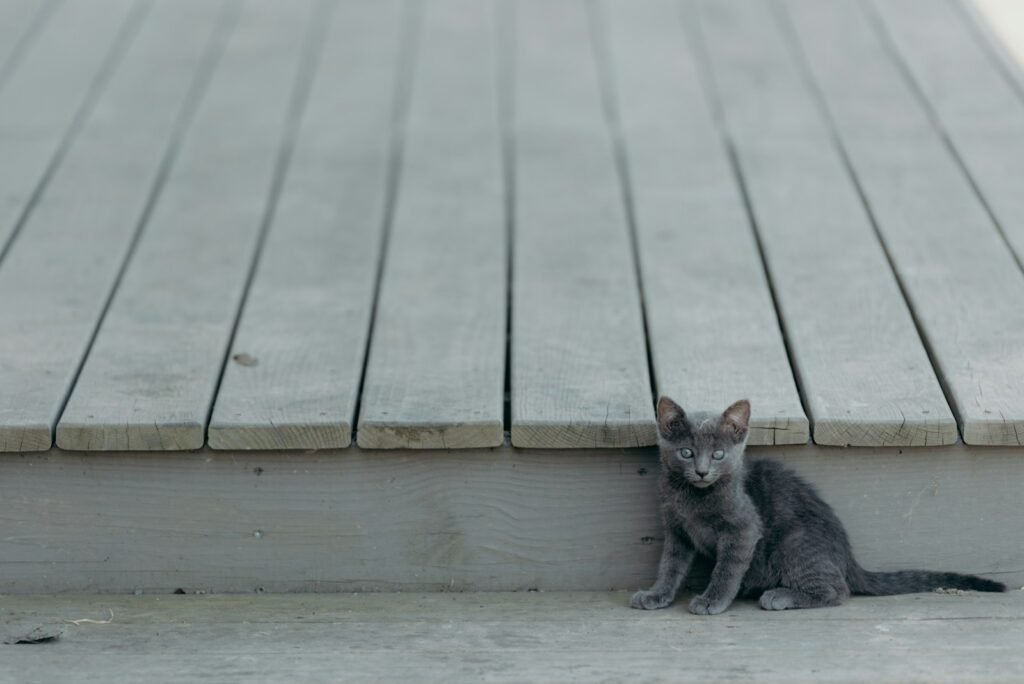
Both domestic cats and big cats spend a significant amount of their time resting or sleeping. Cats have evolved to conserve energy, which is vital for their hunting lifestyle. Domestic cats may sleep anywhere from 12 to 16 hours a day, whereas big cats, like lions, can rest for up to 20 hours. This behavior is a shared evolutionary trait adapted to maximize energy efficiency for effective hunting.
Conclusion
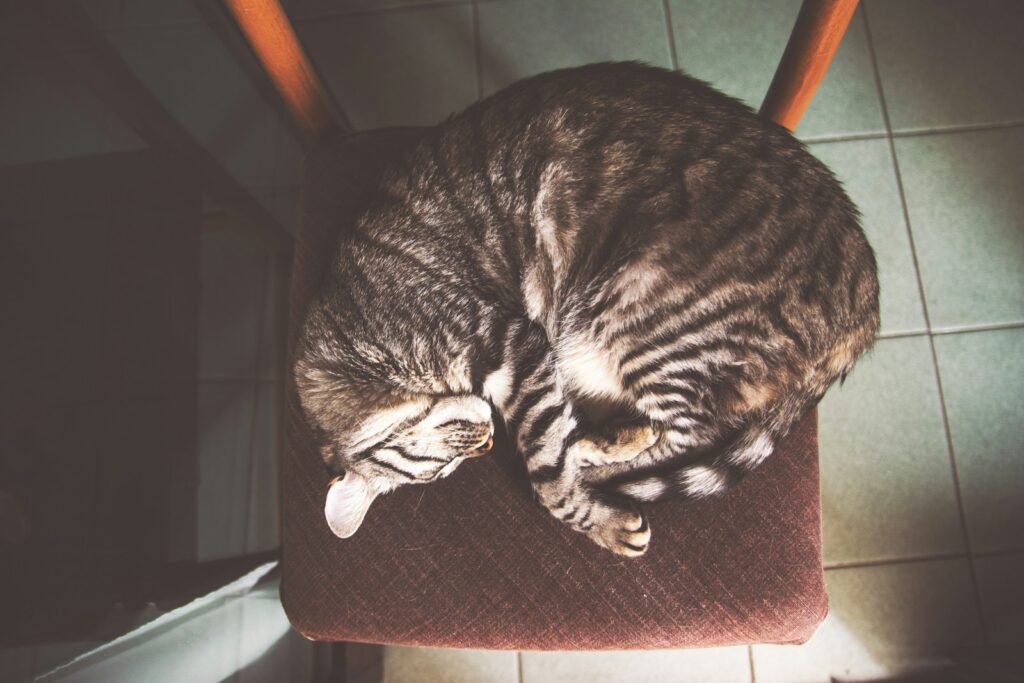
In conclusion, domestic cats and big cats exhibit a captivating array of similar behaviors that highlight their shared heritage. From their territorial instincts to their playful antics and unique vocalizations, the intrinsic behaviors of these felines illuminate a fascinating evolutionary journey. Whether in the comfort of your home or the vastness of the savannah, the feline family continues to enthrall and amaze with its inherent behavioral similarities.
Hi, I’m Bola, a passionate writer and creative strategist with a knack for crafting compelling content that educates, inspires, and connects. Over the years, I’ve honed my skills across various writing fields, including content creation, copywriting, online course development, and video scriptwriting.
When I’m not at my desk, you’ll find me exploring new ideas, reading books, or brainstorming creative ways to solve challenges. I believe that words have the power to transform, and I’m here to help you leverage that power for success.
Thanks for stopping by, Keep coming to this website to checkout new articles form me. You’d always love it!






